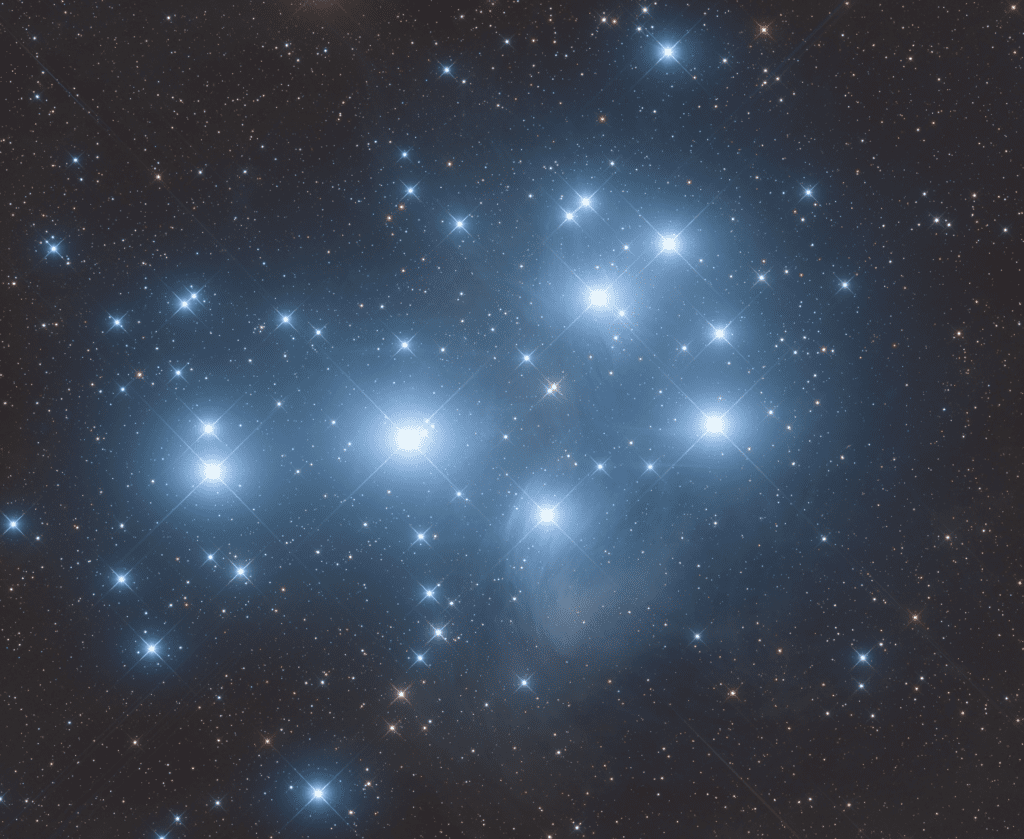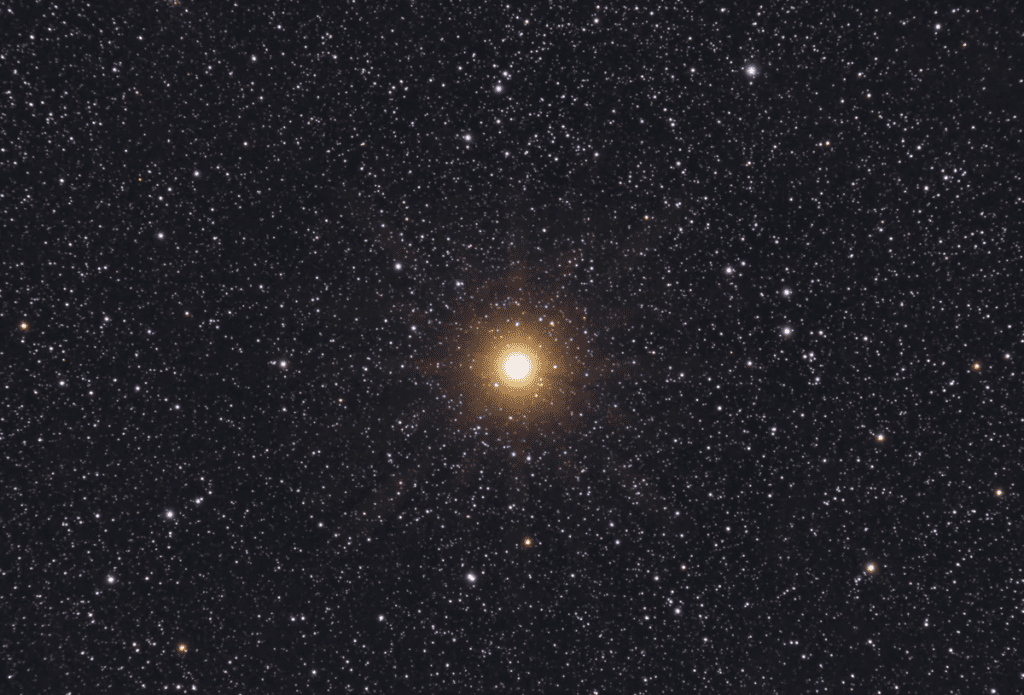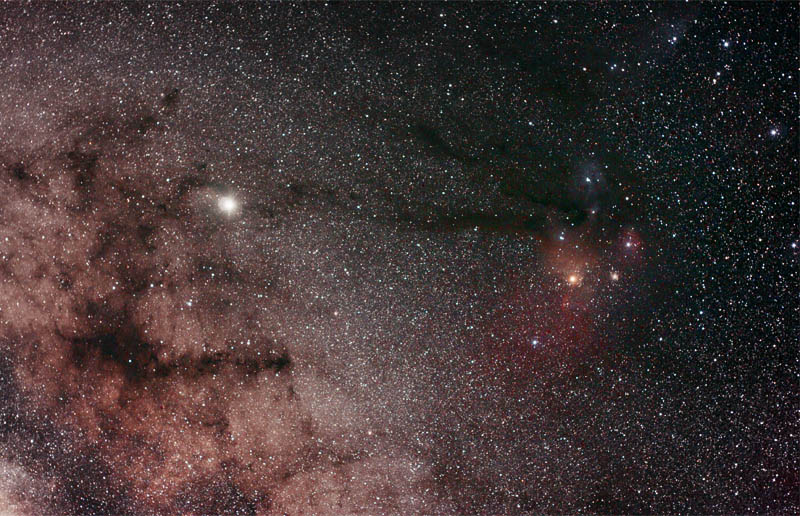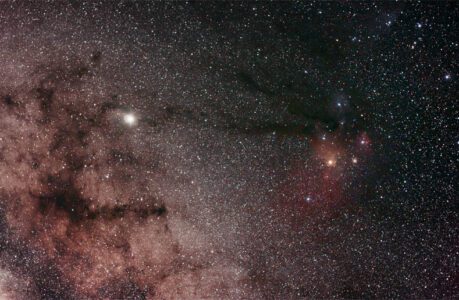Stargazing is a timeless and awe-inspiring activity that has captivated humans for centuries. The night sky, with its myriad of twinkling lights, has always held a sense of wonder and mystery. Whether you’re an experienced astronomer or just a casual observer, one common question that often arises is, “Is that a planet or a star?” In this article, we will delve into the fascinating world of stargazing and explore how you can tell the difference between planets and stars.
The Night Sky Unveiled
Before we dive into the specifics of distinguishing between planets and stars, let’s take a moment to appreciate the beauty of the night sky. When you gaze up at the heavens on a clear night, you are witnessing the vast expanse of the universe, filled with celestial bodies that have captured the imagination of humanity throughout history.
The Stars: Beacons of Light
Stars are perhaps the most iconic and recognizable celestial objects in the night sky. They appear as tiny points of light, twinkling with varying degrees of brightness. Stars are actually massive balls of gas, primarily hydrogen and helium, that emit light and heat due to nuclear fusion happening at their cores. They are incredibly far away from Earth, with the closest star to us being the Sun.
The Planets: Wanderers of the Night
Planets, on the other hand, are often referred to as “wanderers” because of their apparent motion relative to the fixed stars. While stars remain relatively stationary in the night sky, planets appear to move across the backdrop of stars over time. Planets are celestial bodies that orbit our Sun and do not produce their own light but instead reflect the sunlight they receive.
Commonly Confused Planets and Stars
In the Irish night sky, several stars and planets can be confused due to their brightness and appearance. Here are some common celestial objects that might be mistaken for each other:
- Jupiter and Antares: Jupiter, the largest planet in our solar system, can often be mistaken for the star Antares in the constellation Scorpius. Both Jupiter and Antares are very bright, and their reddish color can lead to confusion.
- Venus and Sirius: Venus, often referred to as the “Evening Star” or “Morning Star,” is exceptionally bright and can easily be mistaken for the star Sirius, also known as the “Dog Star.” Both shine brightly and are often visible shortly after sunset or before sunrise.
- Mars and Aldebaran: Mars, when it is in a favorable position, can appear quite bright and reddish. It might be confused with Aldebaran, which is a bright star in the Taurus constellation.
- Saturn and Spica: Saturn, with its distinctive ring system, can be mistaken for the star Spica in the Virgo constellation. Both appear bright and are often visible in the night sky.
- Mercury and Pollux: Mercury, the closest planet to the Sun, can sometimes be seen low on the horizon just after sunset or before sunrise. It might be confused with Pollux, one of the twin stars in the Gemini constellation.
Identifying Planets and Stars
Now that we have a basic understanding of stars and planets, let’s explore how to differentiate between the two when you’re stargazing. There are several key factors and techniques to keep in mind.
1. Brightness and Steadiness
Stars tend to twinkle or shimmer in the night sky due to atmospheric turbulence. This twinkling effect is caused by the star’s light being refracted as it passes through Earth’s atmosphere. Stars can vary in brightness, with some appearing much brighter than others. However, they maintain a relatively steady and pinpoint appearance.
Planets, on the other hand, do not twinkle like stars. They appear as steady, non-blinking points of light. The brightness of planets can rival that of the brightest stars, but their lack of twinkling is a key giveaway.

2. Color and Constellations
Observing the color of celestial objects can also help in distinguishing between planets and stars. Stars often exhibit a range of colors, including white, yellow, orange, and red, depending on their temperature. For example, the famous star Betelgeuse in the constellation Orion appears distinctly red.

Planets, on the other hand, typically have a steady white or slightly yellowish hue. They do not display the range of colors seen in stars. Additionally, planets tend to move against the background of stars and can be found within the boundaries of constellations, unlike stars that are fixed in their positions within constellations.
3. Motion and Position
As mentioned earlier, planets are known as “wanderers” because they move relative to the background stars. Over the course of several nights, you can observe a planet’s change in position as it follows its orbital path around the Sun. This motion is relatively slow and predictable.
Stars, conversely, maintain their positions within constellations night after night. They do not exhibit noticeable motion unless observed over very long periods, due to their immense distances from Earth.
4. Observing Tools
Using a telescope or binoculars can greatly enhance your ability to distinguish between planets and stars. Telescopes can reveal planetary details such as phases (as in the case of Venus) and tiny disks, whereas stars remain point-like even under magnification. Telescopes also allow you to track the motion of planets more easily.
Real-Time Stargazing Tools
In today’s digital age, there are numerous tools and apps available to aid in your stargazing adventures. Here are some valuable resources for identifying planets and stars:
1. Stellarium
Stellarium is a popular and user-friendly planetarium software available for desktop computers. It provides a realistic and interactive view of the night sky, allowing you to identify stars, planets, and constellations based on your location and time.
2. Star Walk 2
Star Walk 2 is a mobile app available for both Android and iOS devices. It offers real-time stargazing information, including the positions of stars and planets, as you move your device across the sky. It’s a handy tool for identifying celestial objects on the go.
3. SkySafari
SkySafari is a powerful astronomy app available for mobile devices and desktops. It provides detailed information about stars, planets, and deep-sky objects, making it an excellent resource for both beginners and experienced astronomers.
Planets and Stars
Stargazing is a timeless pursuit that allows us to connect with the cosmos and ponder the mysteries of the universe. Knowing how to distinguish between planets and stars enhances the experience and deepens our appreciation of the night sky. By considering factors such as brightness, color, motion, and the use of tools like telescopes and stargazing apps, you can confidently identify these celestial objects during your nocturnal explorations.
So, the next time you find yourself under a blanket of stars, take a moment to gaze up and marvel at the celestial wonders above. With a little knowledge and the right tools, you can unlock the secrets of the night sky and differentiate between the brilliant stars and the elusive planets that grace our cosmic stage.
Happy stargazing!
Did you find this article helpful? Explore more about astronomy and stargazing on the following websites:
- NASA’s Night Sky Network – An excellent resource for stargazing enthusiasts with information on events, sky maps, and more.
- Sky & Telescope – A trusted source for astronomy news, sky charts, and in-depth articles on celestial phenomena.
- Astronomy Magazine – Stay updated on the latest developments in astronomy and access valuable stargazing guides.
Note: Remember to always check local weather conditions and light pollution levels before embarking on a stargazing adventure.
Disclaimer: The information provided in this article is for educational purposes only and should not replace professional advice or guidance from experienced astronomers.

